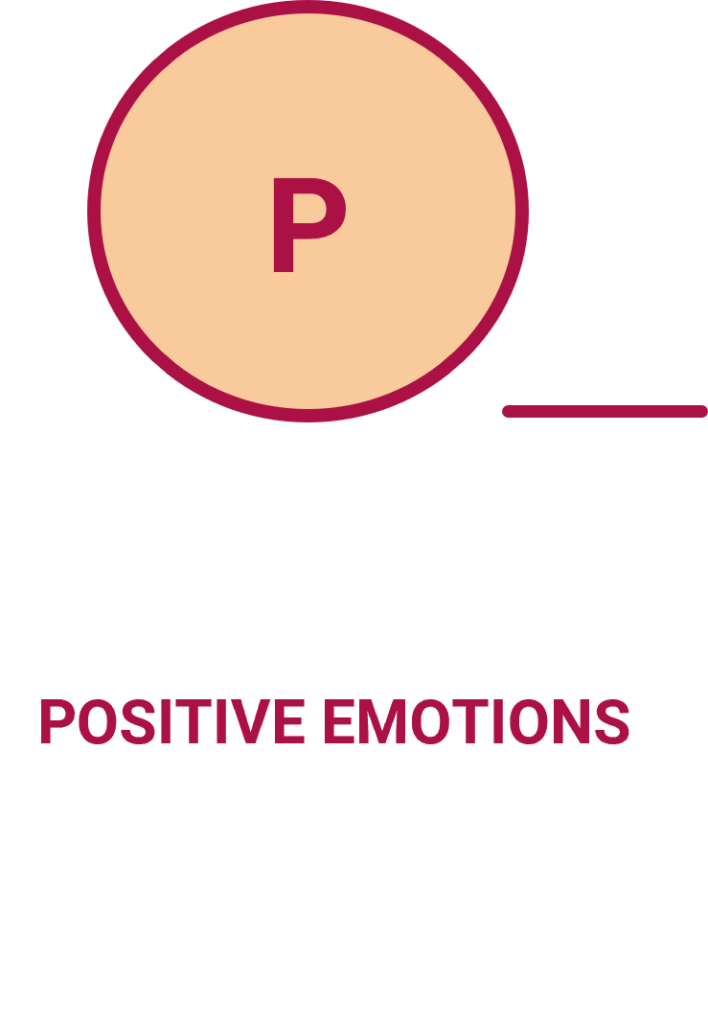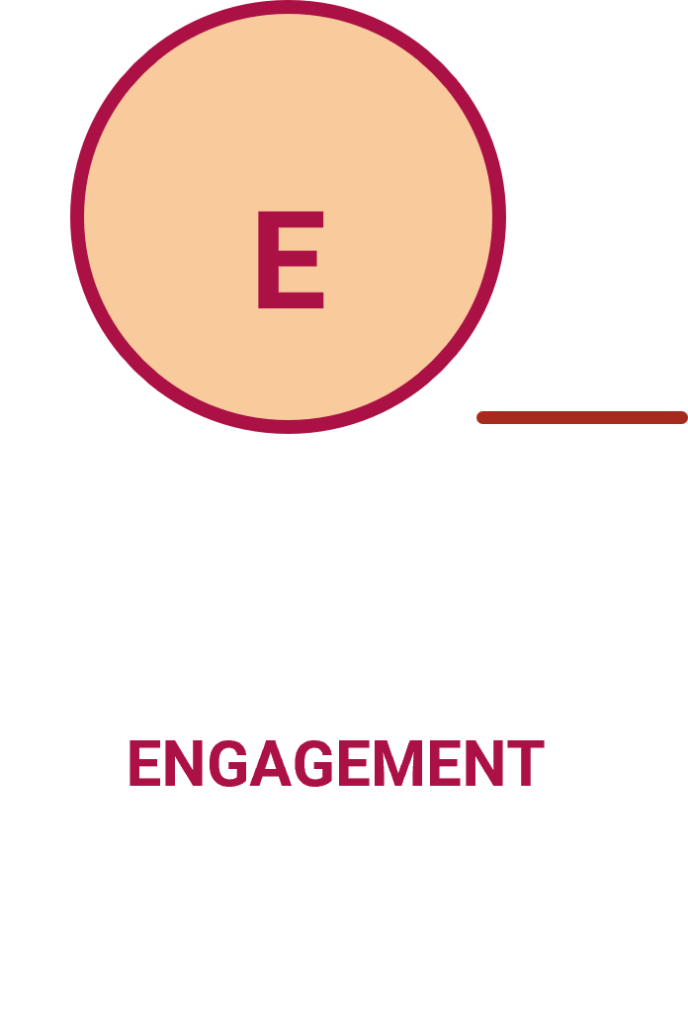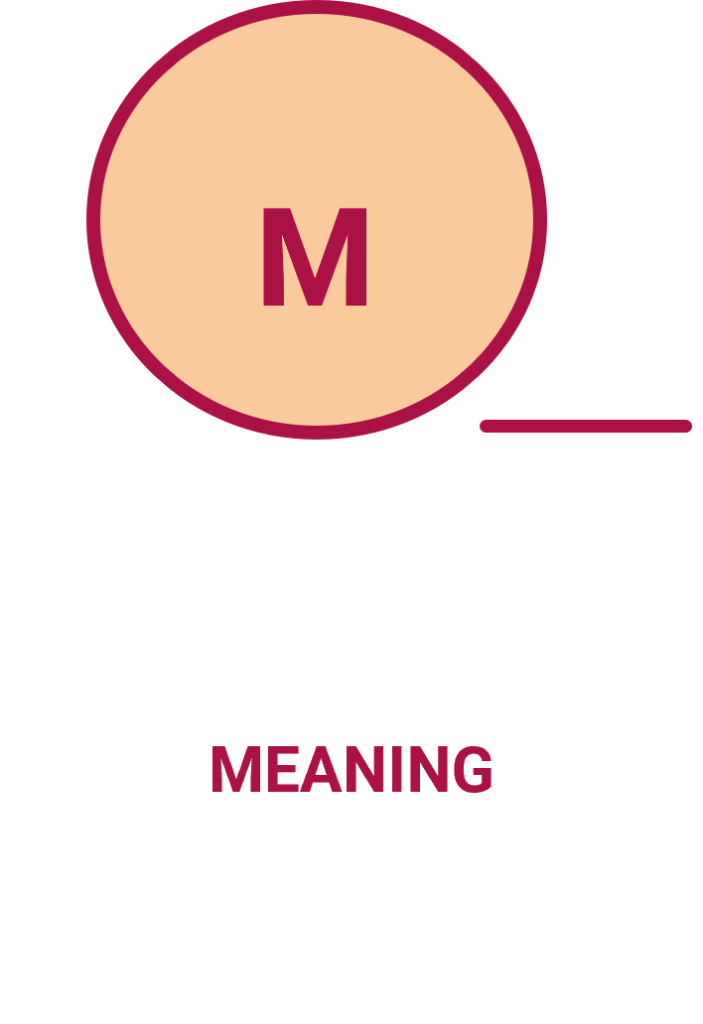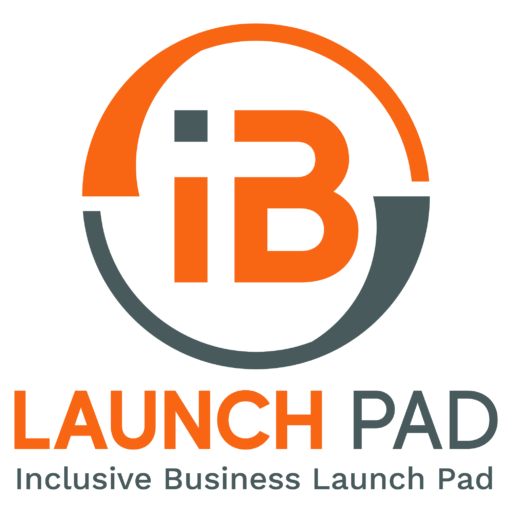Topic 1: Introduction to PERMA
In this section, you will explore Martin Seligman’s PERMA model and Bridges Transition Model. Both these theories can help to support your business to flourish and grow.
The PERMA Model is made up of 5 key areas, Positive Emotion, Engagement, Relationships, Meaning and Accomplishments. Bridges Transitional Model explores how all changes take on a specific path of Endings, Neutral Zone and New Beginnings.
Understanding the human element of change and the necessary process to help us move forward will not only support you, it will also help you to support others going through change. This is very important for managing your team of workers.
In addition, watch the videos, to explore situational and contextual analysis, dealing with the many challenges of running a business, the importance of agile thinking and critical analysis.
After the videos, reflect on how you could implement positive changes in your own business.
Look at the following diagram for more information on the PERMA model.





The PERMA model was introduced by Martin Seligman and focuses on 5 key elements that when introduced to everyday life, have the power to increase happiness and well being. Using the theory in your business helps you to manage change and ensure the model is implemented successfully.
REMEMBER: Positive Emotion, Engagement, Positive Relationships, Meaning and Accomplishments/Achievements.

“Positive thinking is the notion that if you think good thoughts, things will work out well. Optimism is the feeling of thinking things will be well and be hopeful” Seligman, Martin
- Positive Emotion – Fostering positivity with greetings and remember to give positive feedback and congratulate or praise your work colleagues
- Engagement– Activities that increase morale is great, whether for individuals or teams, so ensuring that your team enjoy their work is important. You can do this by working to their individual strengths whilst also investing in development for continued learning.
- Relationships – may include social events for work colleagues as well as ensuring engagement in group work activities, to build good relationships
- Meaning – everyone needs to belong and to also have a sense of purpose. Giving your work team tasks that support them to thrive, will always be positive.
- Achievement – A happy team is a productive team. Ensure that your team are content and fulfilled with their work – this will lead to higher achievement.
What emotions do you feel about your business? Do these emotions fill you with happiness or fear? If it is the latter, what can you do to move forward and be happy with your business?
Being prepared to rethink your plans is always important and remember to be realistic.
What relationships do you have which could help you? Family? Friends? Ex work colleagues – make a list of all your contacts and networks. Sometimes it can be a friend of a friend, a neighbour or someone you meet at a networking event – keep an open mind.
What do you want to accomplish in your business? Do you know what income you expect to receive and the timescales? Are you prepared for any eventualities? What is your contingency plan?
Always have an action plan and revisit it regularly.
